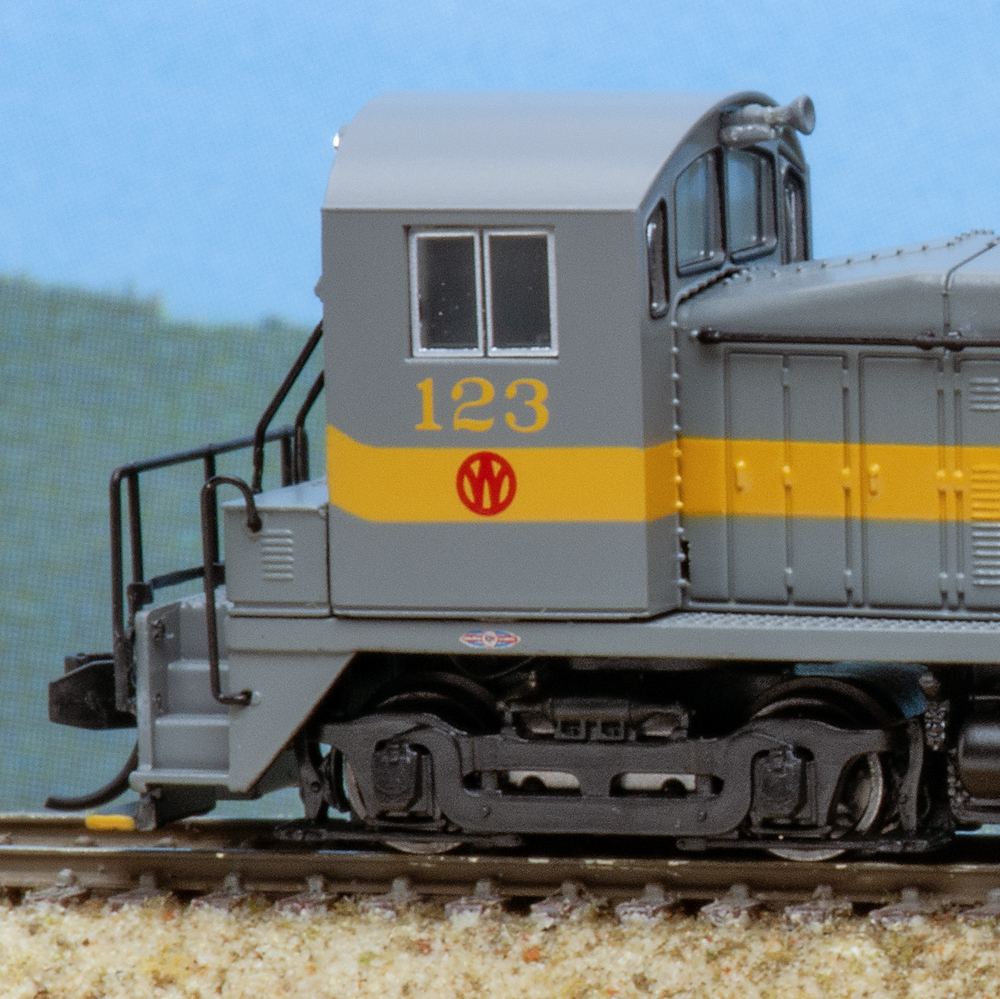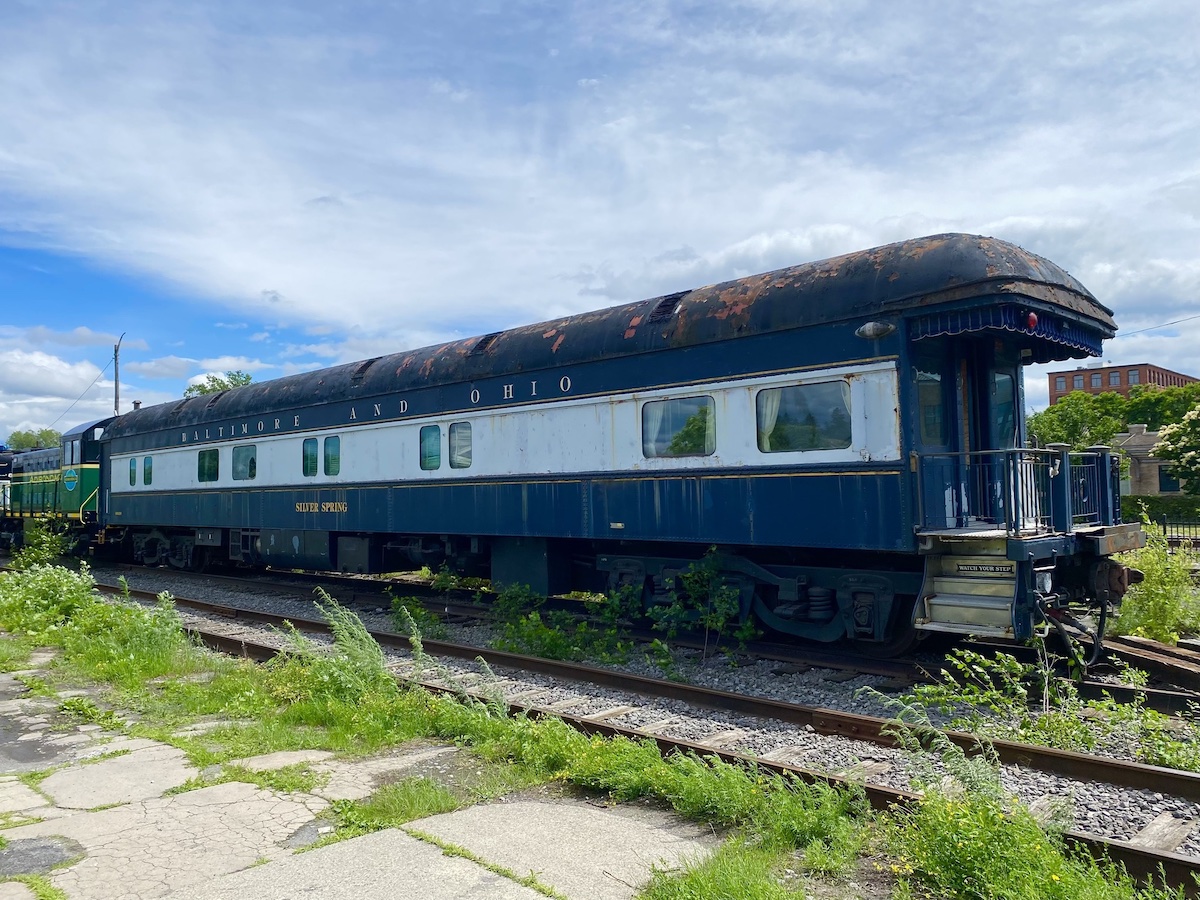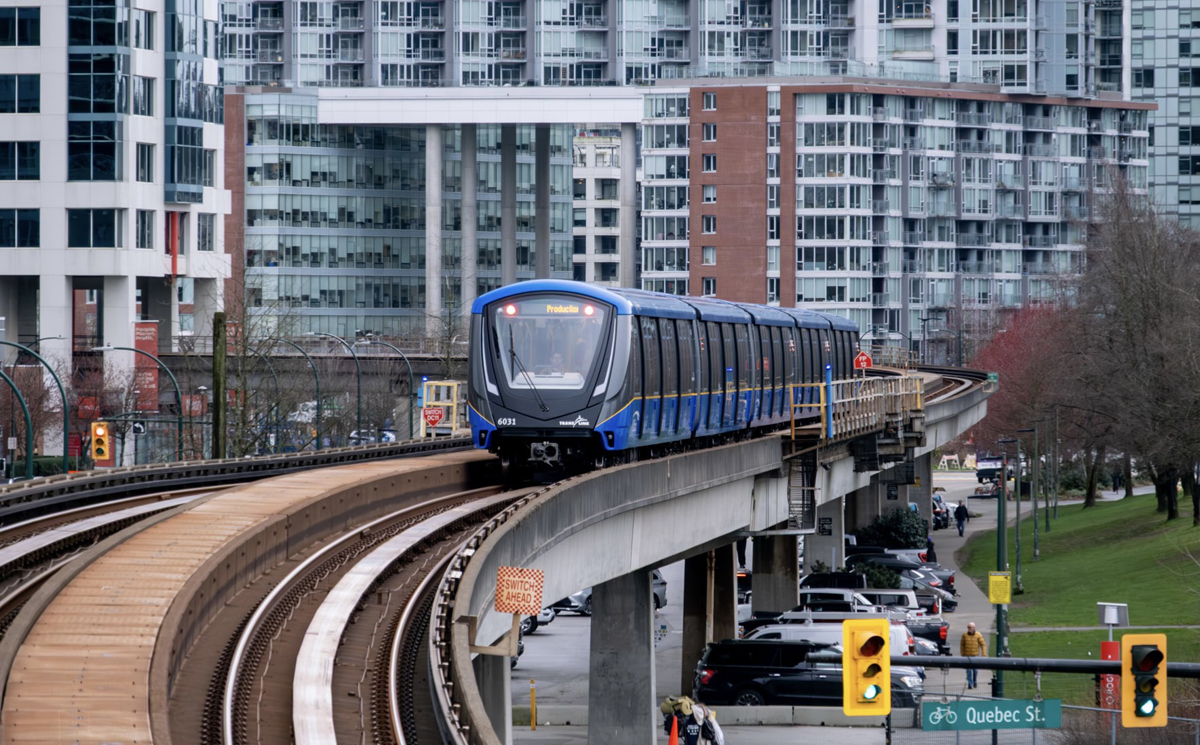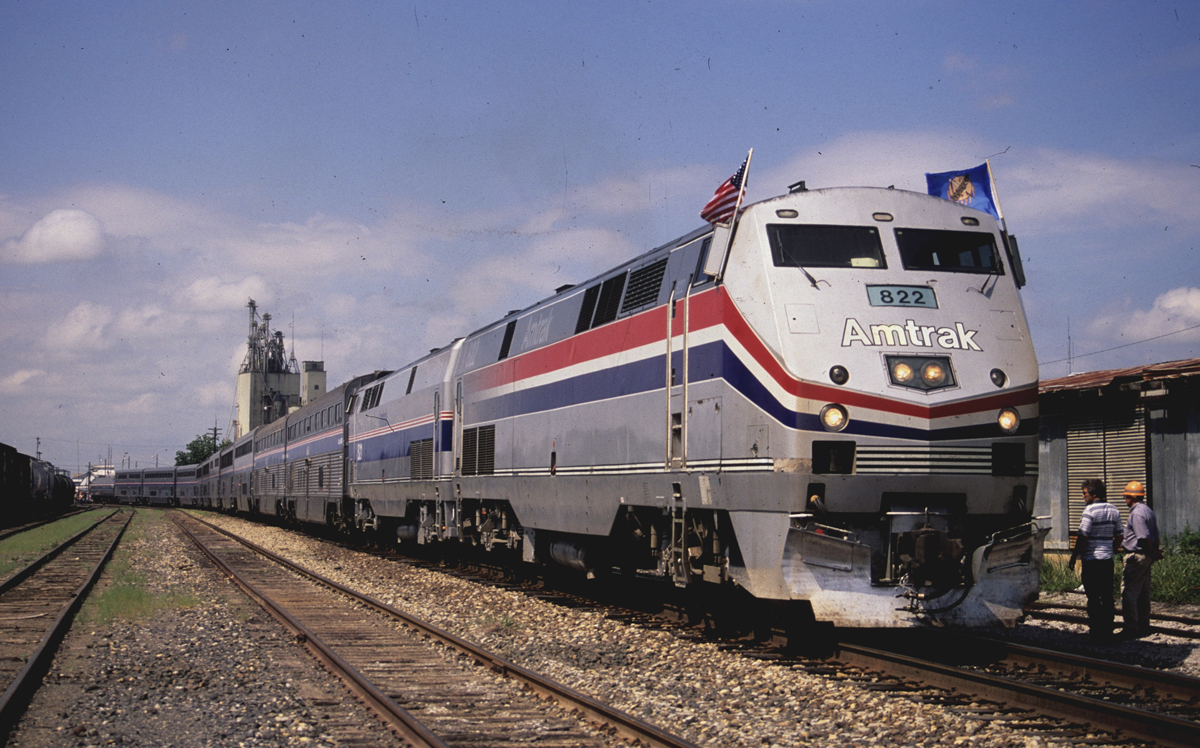
TRAINS: David Lassen
The lone railroad traffic bright spot last year was intermodal volume, which went on a tear in the second half of 2020 due to rising e-commerce parcel shipments, a surge in imports, and retailers rushing to restock depleted inventories.
But as intermodal traffic surged and remained at fall peak levels into this year, the volume hit a ceiling due to bottlenecks in every link of the supply chain.
“With the amount of volume that we have stacked up in the system it’s clear that demand has exceeded the ability of the system to perform. And not only was domestic capacity limited, but I think international was capacity limited as well,” intermodal analyst Larry Gross said on an Intermodal Association of North America webcast last week. “Now, I can’t necessarily say which link in the chain has been the one that has been the biggest limitation. We’ve got so many out there that are under strain, between ports and chassis availability and box availability, and well cars, locomotives, and train crews.”
While weekly year-over-year intermodal volume figures have shown outsized gains, Gross says that’s more of a reflection of the extended fall peak. Overall intermodal volume per working day, he notes, has been relatively flat. And that suggests that the system simply can’t handle more volume, particularly in a pandemic environment.
As retailers have sought to restock with imported goods from Asia, they’ve sought the fastest route: Through the ports of Los Angeles and Long Beach. The pandemic has slowed unloading of container ships, however, as dock workers have been out sick or in quarantine due to coronavirus exposure.
More than 30 ships remain anchored offshore awaiting dock space, Gross says. He estimates the vessels are carrying up to 200,000 twenty-foot equivalents, or TEU, the standard measure of international containers. Nearly three quarters of that volume will eventually move inland via intermodal, either in international containers or transloaded into domestic boxes, Gross says.
“What we’ve seen is the downside of everybody trying to squeeze through the same keyhole,” Gross says. “And so if everybody looks for faster delivery, then the result is no one gets faster delivery.”
The surge has enabled Southern California ports to regain some market share lost over the past decade to ports in Canada and the U.S. East and Gulf Coasts. But Gross expects the shift toward the East Coast and British Columbia ports to continue over the long term.
Bottlenecks have occasionally popped up at intermodal terminals, prompting railroads to limit inbound volume at times. That’s been a result of both higher volumes and slower equipment turn times as warehouses and distribution centers take COVID-19 precautions and drayage capacity remains tight.
Gross says drayage capacity is “supercritical” in Southern California; New Jersey; Norfolk, Va.; Savannah, Ga.; and Charleston, S.C.
Average intermodal train speeds, however, have held up relatively well until recent winter storms. Train speeds had been running slightly above their five-year averages, Gross notes.
The only ways to boost domestic container volume, Gross says, are through increased productivity or larger fleet sizes. There’s a performance gap between private containers and railroad-owned boxes, Gross says, with the private fleets handling more loads per box each month.
A Union Pacific spokesman says there are no plans to expand the UMAX or EMP container pools this year.
J.B. Hunt and intermodal marketing company Hub Group will expand their container fleets this year.
Gross expects intermodal volume to return to more normal levels in the second half of 2021.













